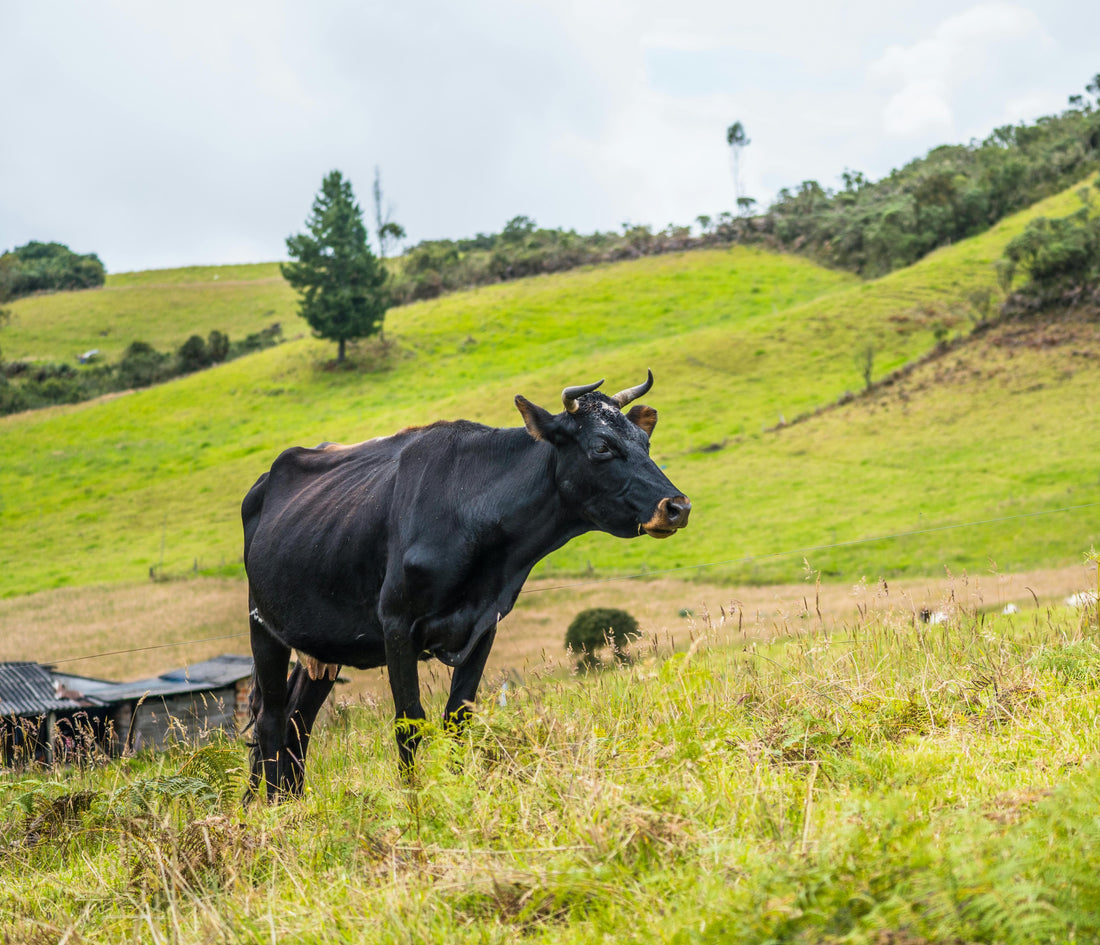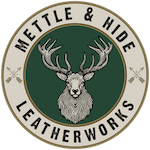
Cattle: From Villains to Heroes of the Modern Environmental Saga
Share
In the prevailing narrative of environmental stewardship, cattle often find themselves unjustly cast as the antagonists, implicated in issues ranging from greenhouse gas emissions to rampant deforestation. This portrayal, however, fails to capture the full scope of their role within the ecosystem. When integrated into regenerative farming practices, these very animals emerge as vital contributors to ecosystem restoration. This shift from perceived villains to heroes is not merely a tale of redemption but a compelling illustration of the untapped potential lying in our alignment with nature's rhythms. It's high time we reframe the narrative, heralding cattle as the indispensable allies they are in our collective pursuit of a revitalized planet.
The Misunderstood Heroes
The narrative that positions cattle as ecological detractors stems largely from conventional farming methodologies, where practices such as overgrazing and unsustainable management exacerbate environmental degradation. Visionaries like Johann Zietsman and Allan Savory, however, chart a different course—one where livestock emerge as central figures in the reversal of these detrimental trends. Through the lens of regenerative farming, cattle are reimagined as crucial agents in a broader process that not only neutralizes their purported negative impacts but actively fosters ecosystem health.
Regenerative Farming: A Beacon of Hope
Rooted in the principle of emulating natural processes, regenerative farming has demonstrated profound efficacy in reviving soil health, bolstering biodiversity, facilitating carbon sequestration, and crucially, reversing desertification. This method hinges on strategic grazing that mirrors the movements of wild herds, engendering a cycle of rejuvenation that not only reinvigorates barren terrains but also restores ecosystems to their former vitality. By doing so, these practices dismantle the myth of cattle as ecological adversaries, instead highlighting their role as indispensable participants in our journey toward sustainability. The reversal of desertification, in particular, stands as a testament to the transformative power of regenerative farming, showcasing a viable solution to one of the most pressing environmental challenges of our time. Through this approach, cattle become not just contributors to ecosystem health but active agents in the healing and restoration of our planet.
A Sustainable Cycle
The essence of regenerative farming lies in its capacity to engender a cycle of sustainability wherein each component benefits. Soils enriched in organic matter become potent carbon sinks while simultaneously improving fertility, sparking robust plant growth, which in turn supports healthier livestock and fosters ecosystem resilience. This cycle epitomizes a holistic agricultural model that honors the interdependence of life, with cattle playing a pivotal role.
Leather, Tallow, and the Pursuit of Non-Toxic Living
As we awaken to the imperative of sustainable choices, the materials we opt to support reflect our deepest values. Leather, a natural byproduct of regenerative practices, alongside tallow, underscores our commitment to both environmental stewardship and ethical consumption. These choices not only bolster the efforts of farmers pioneering transformative practices but also engage in a broader dialogue about our relationship with the Earth.
Equally important is our consideration of the materials we interact with daily. Opting for products derived from natural, non-toxic substances—like tallow for leather care—echoes a broader commitment to minimizing chemical exposure in our lives. This consciousness around the materials in our constant contact is not just a matter of product longevity but of personal health and environmental integrity.
Supporting Regenerative Farms Through Diet
At Mettle & Hide, we advocate for a carnivore diet, emphasizing the importance of consuming more meat sourced from regenerative farms from nose to tail. This practice not only supports these vital ecosystems but also promotes a way of life that is in harmony with our planet and our bodies. By choosing meat from regenerative sources, we directly contribute to the viability of farming practices that restore, rather than deplete, our earth.
The Path Forward
Navigating the complexities of modern environmental stewardship underscores that meaningful solutions reside not in oversimplification but in embracing ecological intricacies. Cattle, once maligned, emerge as critical to the narrative of Earth's regeneration—a story of hope, grounded in scientific insight, inviting us to reconsider our ecological footprint and champion choices that foster life in its myriad forms. Embarking on a sustainable future brims with opportunities to rethink our environmental impact. By championing regenerative farming and endorsing products that align with these principles, we partake in a transformative saga—one where cattle are lauded as the heroes they are, and every choice we make is a stride toward planetary healing.
For those eager to dive deeper into the world of regenerative farming and its impact on our ecosystem, our podcast episode #5 features an enlightening conversation with Hobbs Magaret of Fire & Salt Beef. Hobbs shares insights from the frontline of regenerative agriculture, offering a compelling narrative on how these practices are not just preserving, but revitalizing our planet. Tune in to gain a deeper understanding of how supporting regenerative farms through informed dietary choices can contribute significantly to the environmental cause. This episode is a must-listen for anyone interested in the pivotal role that agriculture plays in the health of our planet and how we, as a community, can support the movement towards a more sustainable future.



